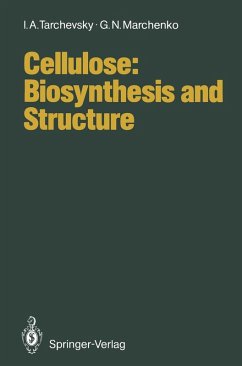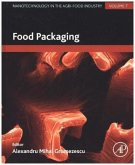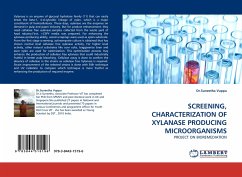Cellulose constitutes the most abundant organic material of the biosphere and is widely used in national economies. Despite the tremendous importance of cellulose, elucidation of the mechanism of its synthesis and formation of molecular and supermolecular structures has attracted much less attention than other biopolymers, viz. proteins and nucleic acids. Many textbooks and spe cialized monograhs on cellulose point to the scarcity of our knowledge of the mechanism of biosynthesis of this polymer. Reference may be made to METZ LER [1], the author of the three-volume edition 'Biochemistry. Chemical reac tions in Living Cell', who states, "In spite of the evident significance of the problem, det,ails of synthesis of cellulose and chitin, built of regular polymeric chains with ~-1,4-linkages, are practically unknown. " At the same time, considerable experimental material has accumulated to date which allows us to work out a concept on regularities of alteration in cell wall composition, of main stages in biosynthesis of cellulose, of in-celliocaliza tion of the sites responsible for biosynthesis of various cell wall polysac charides. Certain regularities are revealed concerning the regulation of synthe sis of celluiose and other polysaccharides, orientation of cellulose microfibrils on the plasmalemma surface. Attempts are made to understand structural and functional peculiarities of cellulose-synthetase incorporated in the plasma lemma. Experiments are carried out with cellulose-synthetase preparations iso lated from cells. Some questions remain to be solved.
Hinweis: Dieser Artikel kann nur an eine deutsche Lieferadresse ausgeliefert werden.
Hinweis: Dieser Artikel kann nur an eine deutsche Lieferadresse ausgeliefert werden.








